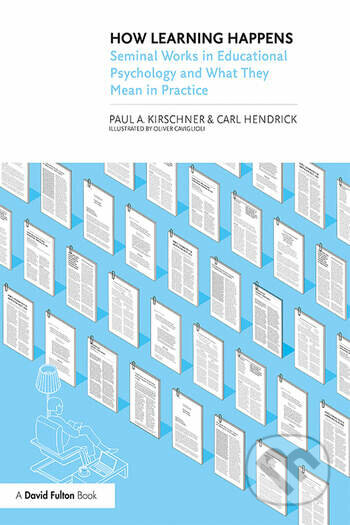
Garden Cities of To-Morrow
Originally published in 1898 as To-Morrow: A peaceful path to
reform, "the book", writes F.J. Osborn "holds a unique place in
town planning literature, is cited in all planning bibliographies,
stands on the shelves of the more important libraries, and is
alluded to in most books on planning;…
The book led directly to two experiments in town-founding that
by imitation, and imitation of imitation, have had a profound
influence on practical urban development throughout the world. The
book was responsible for the introduction of the term Garden City
in numbers of languages - Cite-Jardin, Gartenstadt, Ciudad-jardin,
Tuinstad - and set into motion ideas that have helped transform the
scientific and political outlook on town structure and town
growth. With urban renewal and the development of suburban communities
as features of the contemoprary American scene, Garden cities of
To-Morrow becomes "must" reading. In the words of Lewis Mumford:
"This is not merely a book for Technicians: above all it is a book
for citizens, for the people whose actively expressed needs,
desires and interests should guide the planner and administrator at
every turn." This book was first published in it's current form in 1965. Table of Contents Foreword Preface by F.J. Osborn The Garden City Idea and Modern Planning by Lewis Mumford 1. Town-country Magnet 2. The revenue of the Garden City, and how it is obtained - the
agricultural estate 3. The revenue of the Garden City - town estate 4. The revenue of the Garden City - general observations on its
expenditure 5. Further details of expenditure on Garden City 6. Administration 7. Semi-municipal enterprise - local option - temperance
reform 8. Pro-municipal work 9. Some difficulties considered 10. A unique combination of proposals 11. The path followed up 12. Social cities 13. The future of London
- Právě probíhající akce a slevy na knihy
-
Knihydobrovsky.cz | do 24.12.2025
-
Knihydobrovsky.cz | do 24.12.2025
-
Bookshop.cz | do 31.12.2025
- zobrazit všechny akce













